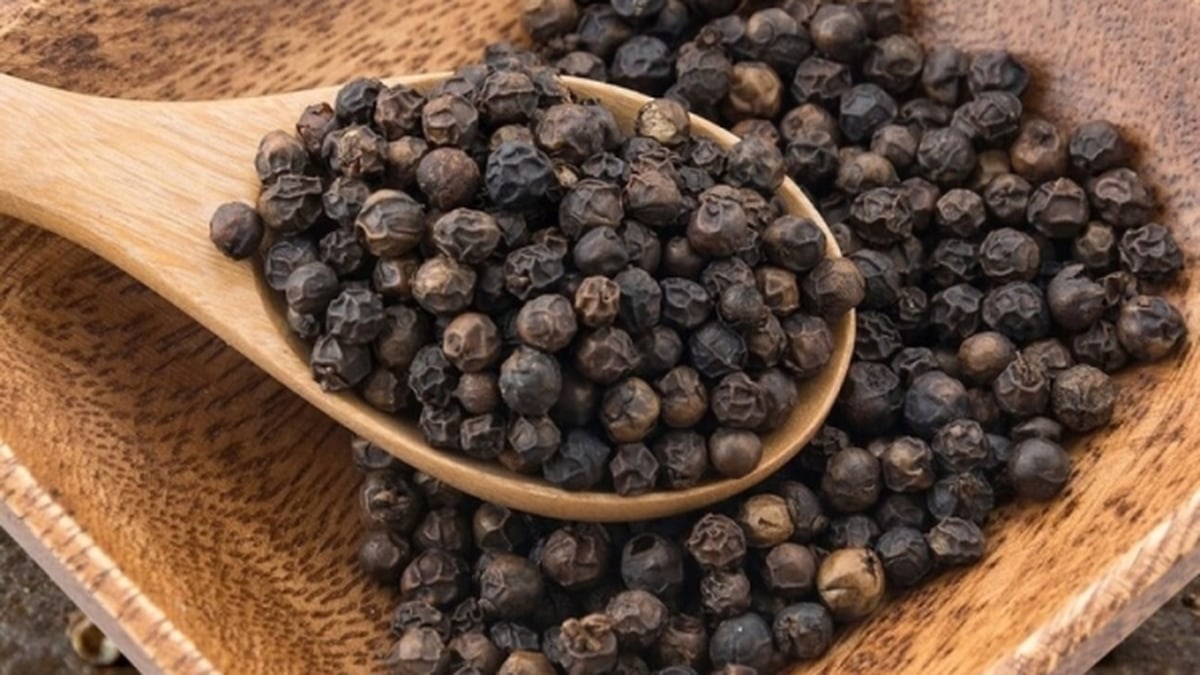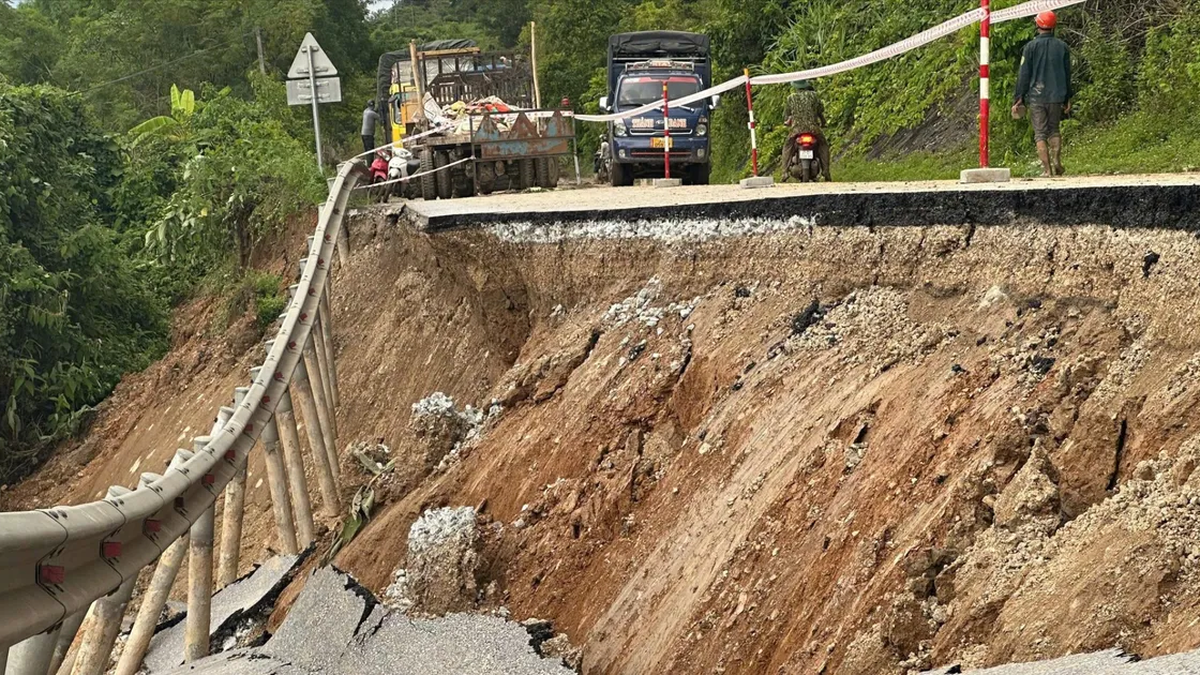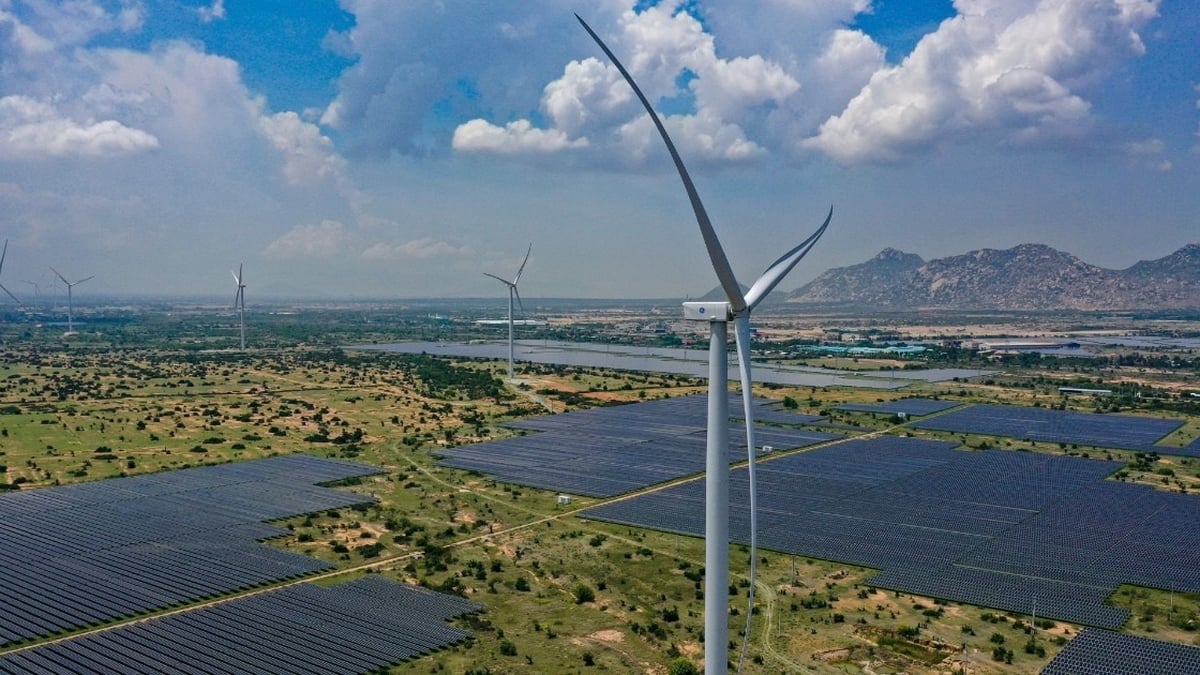Coffee prices on the world market continued to decrease today (June 13). In particular, robusta coffee prices decreased by 0.81% to 2,706 USD/ton.
Update world coffee prices
According to records, coffee prices on the world market continue to decrease. Specifically, the online price of robusta coffee in London for delivery in July 2023 was recorded at 2,706 USD/ton after decreasing by 0.81% (equivalent to 22 USD).
The price of Arabica coffee for July 2023 delivery in New York was at 185.55 US cents/pound after decreasing 2.68% (equivalent to 5.1 US cents) at the time of survey at 6:30 a.m. (Vietnam time).

Photo: Anh Thu
Robusta coffee has surged to its highest level since at least 2008, forcing buyers around the world to pay more for a cheap brew.
Futures in London have soared to $2,790 a tonne, the highest since the contract began 15 years ago, according to The Economic Times.
The US Climate Prediction Center has confirmed the return of El Niño, and forecasters believe it will be at least moderate and possibly strong. The weather pattern typically brings hotter and drier conditions to key robusta growing regions including Vietnam and Indonesia, threatening vital supplies.
“There is very little inventory everywhere,” said Kona Haque, head of research at ED&F Man. “With the Brazilian harvest underway, the market is pushing prices to a level that will encourage Brazilians to export more conilon.”
Prices have risen more than 50% since the start of the year as supplies of the beans – used in instant coffee and espresso – have failed to keep up with surging demand. The cost-of-living crisis has pushed consumers and roasters to gravitate toward the variety over its more expensive arabica counterpart.
As roasters increase the amount of Robusta in their blends, growers are struggling to keep up. A combination of higher fertilizer costs and drought has reduced crop yields. That is set to keep the global coffee market in deficit for a third consecutive season in 2023-24.
Vietnam, the world’s largest grower of robusta coffee, is likely to have its smallest harvest in four years. The crop in Brazil, the number two producer of the variety, is expected to fall 5% while Indonesia’s output is expected to fall 20% due to adverse weather conditions.
Source




































































































Comment (0)